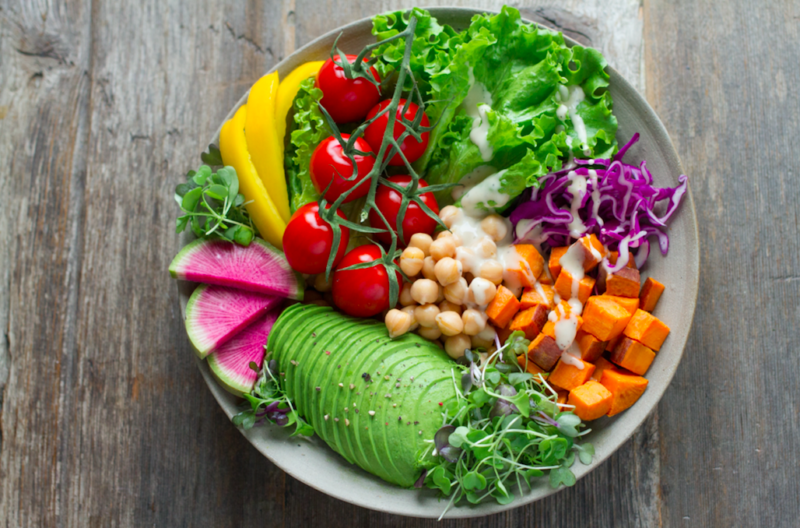Posted by Abbie Fish, Ritter Sports Performance on 23rd Oct 2018
Nutrient Timing for Swimmers
By Abbie Fish, Ritter Sports Performance

Swimming is a very energetically demanding sport, and significant amount of calories can be required to keep us feeling energized throughout our workouts. While simply eating enough calories to support your training is a good starting point, thinking about the NUTRIENT TIMING of those calories is something to focus on if you’re looking to take your performance to the next level.
When we think about nutrient timing for any training session, we typically break it down into 4 stages: Pre-workout, Intra-workout, Post-workout, Post Post Workout. Focusing on each of these nutrient timing phases will help give you added energy for the current training session, and help you recover for the next days session too.
Let’s go over these 4 Nutrient Timing Stages more in depth!
1.) Pre-workout:
Approximately 60-90 minutes before your training session, consume a protein and carb based snack. Keep it relatively low in fat, as some research shows that higher levels of fat can slow down digestion and we want things digesting quickly here. Swimming with an uncomfortably full stomach is not the goal, so keep the snack on the lighter side. Often, we recommend something along the lines of overnight oats with a scoop of protein mixed in as well.
If you are typically working out pretty early in the mornings, then we obviously will need to adjust this step–as we’d prefer you to sleep longer, instead of waking up earlier just to eat a snack. With that said, we would still suggest you eat something before working out–even if it’s just an instant oatmeal pack or a piece of fruit.
Also, it’s VERY important to make sure that you CHEW your food well (no matter what time of day)–as this is the first step in the digestion process.
2.) Intraworkout:

For any training session that goes longer than 90 minutes, intraworkout carbohydrates have been shown to improve athletic performance. As for what to drink, we want to focus on two things: a little bit of carbohydrates and some electrolytes.
Of course– Gatorade comes to mind, but we typically recommend other brands like SOS because of the composition of the minerals in the product and because its not overly loaded with sugar or artificial products.
3.) Post workout:
The goal here is to get our body OUT of the fight or flight response and into recovery mode. Our typical recommendation is about 20-25 grams of protein and anywhere, from 20 to 60 grams of carbs–depending upon how long of a training session it was. A hour long session might require 20 grams of carbs, whereas a 2-3 hour long session would be closer to 60 grams. You can absolutely use real food here if you want, but oftentimes athletes tell us that it can be hard to eat immediately after training. In that situation, the use of a protein shake with some added carbs from fruit as it is easier combination for the stomach to digest.
4.) Post post workout:

60-90 minutes post a workout– eat a full meal. This meal should be our most nutrient dense meal of the day. In other words, foods that contain an abundance of nutrients and other healthful substances (lean protein, veggies, fiber, and little fats). Simply put, you should have a health protein like a piece of chicken, seafood, or steak with a side of rice or potatoes, then fill the rest of the plate with colorful veggies. Finish with some healthy fats, like olive oil or avocado.
At the end of the day, having a solid diet is 80% of the battle, but learning how to break your diet down around your training sessions is incredibly important as well. If you’re looking to take your swimming to the next level, then these little details can add up to seconds off your times in the pool!


